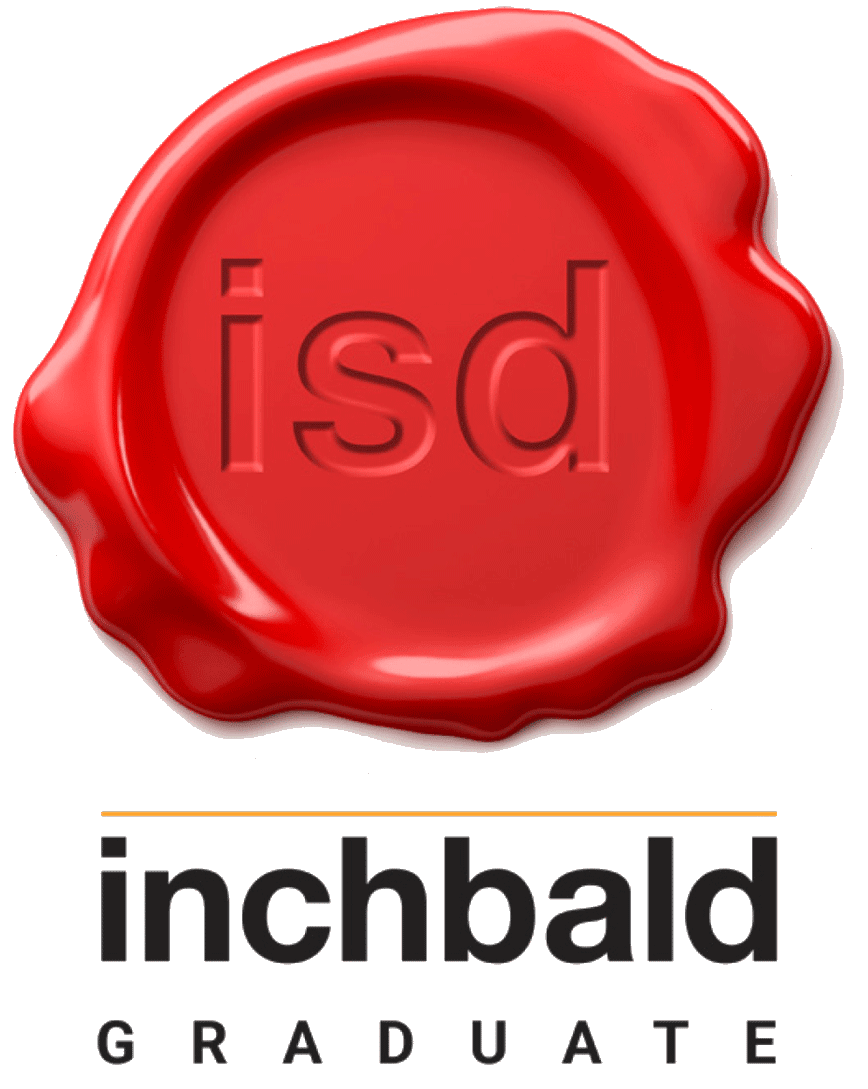One of Britian's most admired modern artists whose career spanned six decades
Following his early education at Conamur School, Sandgate, Kent, Ivon Hitchens attended Bedales School, Hampshire from 1903 until acute appendicitis cut short his school days and sent him on a recuperative voyage to New Zealand. Hitchens’ art education began at St John’s Wood School of Art, London from 1911 and continued at the Royal Academy Schools from 1912-16. He returned to the RA Schools between 1918-19, following two years’ service in hospital supply during the First World War. Still not fully recovered from his youthful illness, Hitchens was declared unfit for active service in 1914.
After graduating from the RA Schools, Hitchens moved into a studio at 169 Adelaide Road, Hampstead in 1919 and became part of a circle of avant-garde British artists including Barbara Hepworth, Henry Moore, Paul Nash and Ben Nicholson. He also tapped into what was happening on the continent, particularly in France. Whilst looking to Cèzanne and Matisse in particular, Hitchens chose to focus on the subject matter right in front of him - the landscapes of Sussex, as well as flower paintings, interiors and studies of the nude and of family members.
Ivon Hitchens was one of the earliest members of the experimental Seven and Five Society, exhibiting for the first time in 1921. The art group of seven painters and five sculptors was created in 1919 and based in London, originally intended to encompass traditional, conservative artistic sensibilities. The first exhibition catalogue said, "we feel that there has of late been too much pioneering along too many lines in altogether too much of a hurry." Abstract artist Ben Nicholson joined in 1924, followed by others such as Henry Moore and Barbara Hepworth, and changed the society into a modernistic one and expelled the non-modernist artists. In 1935, the group was renamed the Seven and Five Abstract Group.
In 1925 Ivon Hitchens held his first one-man show at The Mayor Gallery, London. Hitchens was elected a member of the London Artists’ Association in 1929 and a member of the London Group in 1931. In 1937, he became an elected member of the Society of Mural Painters.
Hitchens married Mary Cranford Coates on 27th June 1935. After a bomb landed next door to his Hampstead studio, he and his wife left London in 1940 with their only child, John, for a caravan at Greenleaves, Lavington Common near Petworth in Sussex. 1940 also marked the first of ten one-man exhibitions for the artist at the Leicester Galleries. For the next forty years, Hitchens’ six acres of woodland near Midhurst became his home, place of study and constant source of inspiration. His retreat from London to Sussex at the outset of the Second World War gave rise to an extraordinary body of paintings that were international in spirit despite being rooted in the English landscape. During this time he painted repeatedly at his home near Petworth, and at surrounding locations in the South Downs – Heyshott, Didling and Iping Common in particular. The last decade of his life saw a heightening of his palette, as he spent more and more time at his holiday coastal cottage at Selsey.
There are two aspects to Hitchen's work, one consisting of traditional figurative painting and the other his abstract style. His early paintings of the 1920s, dating from a period when he was influenced by Henri Matisse, are mostly of interiors in which the handling of space is the dominant concern. Just before 1935, and influenced by Ben Nicholson, he turned to still-life painting; his increasingly structural approach to this genre brought him to the edge of abstraction. Soon afterwards, Wassily Kandinsky's theories on abstraction and on the relationship between painting and music led Hitchens even further towards abstraction. From that time - around 1937 - he adopted the long, horizontal format that typifies his later work.
After moving to Sussex, Hitchens produced many series of landscapes in this format, repeatedly returning to each subject just as Claude Monet had done in his Haystacks series. In these landscapes, Hitchens reconciled his objective approach to painting with the principles of pure abstraction and with the expression of sensations that inspired him to paint these scenes, in which light melds together vegetation, water and sky. The paintings from this period have a lyrical abstraction in which emotional content, rather than the subject matter itself, is the defining factor. He executed these paintings with wide, mostly lateral brushstrokes, using bright, fluid colours on a white background, which is translucent with a few patches of impasto.
At the same time as his abstract paintings, Hitchens also painted classic subjects and created compositions with figures, particularly in the murals he made for the British Society of Popular Dance and Song in London, in 1954, and for Sussex University, near Brighton, in 1960. Having absorbed several influences, he broke away from conventional landscape painting, but perpetuated the tradition of British landscape painting, just as Constable and Turner had done before him.
Despite claiming that he felt the cold very easily, Hitchens never let the weather distract him from his painting. In all seasons, he would gather his sketchbook and painting materials and walk out into the countryside, mackintosh in hand in case the weather turned unpleasant. In particularly chilly weather, he would simply don an extra pair of trousers and carry on as planned. If he wanted to paint a particular spot, he would bundle his canvas, paint and equipment into a wheelbarrow and set out across the hills and woodland.
The Ivon Hitchens Estate is represented by Jonathan Clark Gallery
Exhibitions
2019 The Painter in the Woods, Garden Museum, London
2019 Space Through Colour, Pallant House Gallery, Chichester
2009 Jonathan Clark Fine Art, London, Unseen Paintings from the 1930s
2007 Pallant House Gallery, Chichester
2007 Jonathan Clark Fine Art, London, The Flower Paintings
2005 Towner Art Gallery, Eastbourne
2005 Jonathan Clark Fine Art, Nudes
2003 Jonathan Clark Fine Art, London, Landscapes
2000 Jonathan Clark Fine Art, London, A Visual Sound
Retrospectives
1989 Serpentine Gallery, London (subsequently at City Art Centre, Edinburgh; Harris Museum and Art Gallery, Preston)
1979 Royal Academy of Arts, London (subsequently at Fitzwilliam Museum, Cambridge; Newlyn Art Gallery, Penzance, Ferens Art Gallery, Kingston-upon-Hull; Castle Museum, Nottingham)
1963 Tate Gallery, London (subsequently at Bradford City Art Gallery and Birmingham City Museum and Art Gallery)
Selected museums and public collections
Australia Art Gallery of South Australia, Adelaide
Art Gallery of Western Australia, Perth
National Gallery of Victoria, Melbourne
Art Gallery of New South Wales, Sydney
Canada Museum of Fine Arts, Montreal
National Gallery of Ottawa
Art Gallery of Ontario, Toronto
Art Gallery of Vancouver France Musée National d'Art Moderne, Paris
New Zealand Bishop Suter Art Gallery, Nelson
National Gallery of New Zealand, Wellington
Norway National Gallery, Oslo
South African Art Gallery, Natal
Sweden Gothenburg Art Museum
United States Albright-Knox Art Gallery, Buffalo
Smith Art Museum, Northampton, Massachusetts
Seattle Art Gallery
Centre for British Art, Yale, New Haven, Conn.
Aberdeen Gallery
Barnsley: Canon Hall Museum and Art Gallery
Bath Art Gallery
Bedford: Cecil Higgins Museum and Art Gallery
Belfast: Ulster Museum
Birmingham: City Museum and Art Gallery
Bradford City Art Gallery
Brighton Art Gallery
Bristol Art Gallery
Cambridge: Fitzwilliam Museum
Cardiff: National Museum of Wales
Chichester: Pallent House Gallery
Eastbourne: Towner Art Gallery
Edinburgh: Scottish National Gallery of Modern Art
Glasgow School of Art
Harrogate Art Gallery
Huddersfield Art Gallery
Kettering Art Gallery
Kingston-upon-Hull: Ferens Art Gallery
Leamington Spa: Warwick District Council Art Gallery
Leeds: City Art Galleries
Leicester: City Museum and Art Gallery
Liverpool: Walker Art Gallery
London: Courtauld Institute Galleries
Royal Academy of Arts
Tate Gallery
Victoria and Albert Museum
Manchester: City Art Galleries
Whitworth Art Gallery
Middlesborough Art Gallery
Newcastle-upon-Tyne: Laing Art Gallery
Norwich: Castle Museum
Nottingham: Castle Museum and Art Gallery
Oxford: Ashmolean Museum
Rochdale Art Gallery
Rugby Art Gallery
Salford Art Gallery
Sheffield Art Gallery
Shrewsbury Art Galleries
Southampton Art Galleries
Swansea: Glynn Vivian Art Gallery
Swindon Museum and Art Gallery
Wakefield: City Museum and Art Gallery



